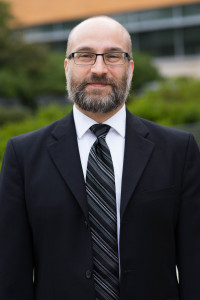Grace Haupt ’20:
Students obviously have a very complicated dress code. But what are the expectations for teachers? The short answer: professional dress. This means suits and ties for men and dresses, skirts, and professional slacks for women. “Where we go with faculty is professional dress,” says Mike Letts, Interim Head of Upper School. “If we think there’s an issue, it gets addressed, but I don’t really think there’s an issue.” When students dress down, some may have noticed that “[teachers] abide by the same rules as students,” says Letts. The faculty dress code is not really an accessible document. “I’ve never read it,” says Kris Aldridge, Dean for the Class of 2020 and A.P. European History teacher. “My interpretation of the expectations for teachers is to use appropriate discretion, recognizing that you are teaching [15-18] year-olds,” she says. This being said, the rules are a bit more flexible than that. “There’s also an understanding with your job that sometimes that might change, particularly if your job requires physical labor.” explained Letts. For example, someone in the woodshop may need jeans and an old shirt, but a teacher wouldn’t require that to do their job. The understanding is that it is still at the teacher’s discretion to dress appropriately. According to Letts, professional dress is part of the culture here at Episcopal. “I think it models appropriate attire, which speaks to appropriate decorum.” Mr. Letts says, “[In a pragmatic way,] how you dress matters…If you don’t look serious, no one’s going to take you seriously.” The dress code for students is meant to instill in us the mantra that looking professional is part of acting professional. Wearing one’s pajamas is fine in front of Netflix, but on the job much more care must be put into how one dresses. Letts continues, “As far as what’s on the books for faculty there isn’t much….When you come into work you need to be ready to work [and look the part].”


